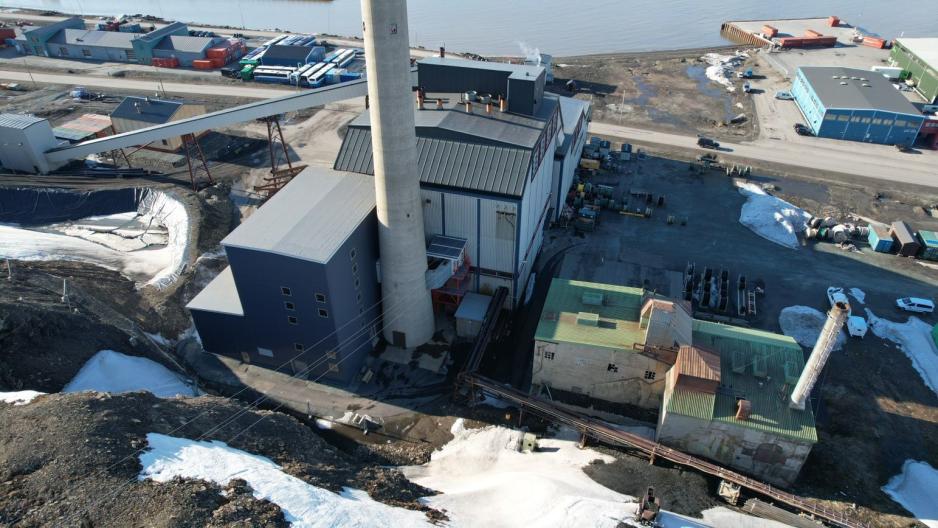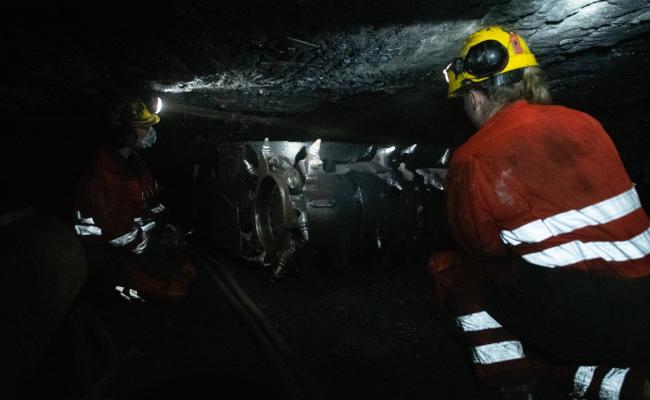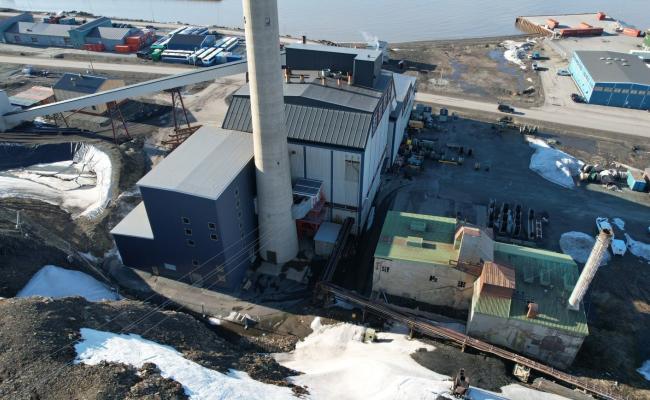All Ready for the Transition From Coal to Diesel in Longyearbyen

Longyear energiverk is Norway's only coal power plant in operation and will be shut down for good in 2025. (Photo: Longyearbyen local council)
The transition from coal to diesel will occur in late October or early November when the tank facility in Longyearbyen, Svalbard, is filled with winter diesel.
Longyearbyen Local Council has processed and approved the plan from Svalbard Energy to switch from coal to diesel in the local council meeting on 19 September.
After more than 100 years of coal power, The Norwegian town of Longyearbyen in Svalbard will now switch to producing electricity and heat using diesel.
The transition will take place at the turn of October/November, as soon as the tank facility in Longyearbyen is filled with so-called "winter diesel."
The solution is intended to be temporary until more sustainable alternatives are in place to ensure the security of supply at an acceptable cost.
In line with the climate goals
Earlier this year, the Longyearbyen local council adopted a new energy plan. The government's premise for the plan is that renewable energy is to be phased in as quickly as possible with the aim of renewable solutions constituting the main supply. The energy supply will align with and support the climate goals of Norway for 2030 and 2050.
The end of Mine 7 in 2025
The goal is that the new solution will:
- maintain supply security for power and warmth
- be cost efficient (have acceptable costs for the customers)
- gradually phase in renewable energy sources as quickly as possible with the aim of renewable solutions constituting the main supply
- protect vulnerable nature
The transition to diesel is, according to Svalbard Energy, expected to cost NOK 212 million.
The end of coal
When the local council of Longyearbyen decided to go from coal to an intermediate solution with diesel in the fall of 2023, the coal company Store Norske Spitsbergen Kulkompani decided that Mine 7 was to be closed down within November this year.
However, the changed world situation after the war in Ukraine led to an increased demand and higher prices for coal. Store Norske therefore decided to extend the operations in Mine 7 until the summer of 2025, to act as a backup plan for energy supply for Longyearbyen, among other things. But after that, it is over.

A previous meeting of the Longyearbyen local council. (Screenshot)
Store Norske has presented a suggestion for the Norwegian Directorate for the Environment regarding the closing of Mine 7. The suggestion is similar to the work done with the Svea Nord mine in Svalbard, where all equipment, plastic, and oil products were removed. It will take around a year to empty Mine 7. The work is scheduled to begin in the summer of 2025 and finish in spring 2026 before the water comes in.
The suggestion that was adopted looks like this:
- The local council approves Svalbard Energu´s "Plan for diesel transition."
- The local council engages in dialogue with the state to secure co-financing that provides an acceptable energy price for the residents and businesses of Longyearbyen.
- The local council must work to ensure that the state makes this visible in the state budget for 2024 or a revised state budget at the latest.
- The work of phasing in renewable energy is intensified without it resulting in increased customer fees.
- Svalbard Energy is asked to keep the local council informed about the test period in the upcoming council meetings until the diesel solution is considered final.
The transition from coal to diesel involves a down-sizing of 13 people in Svalbard Energy by June next year.
Vulnerable community
The energy plan reveals that Svalbard Energy will be responsible for purchasing diesel either via the open market or agreements with fuel suppliers on the mainland or via tankers and shipping companies.
With the transition to diesel, the Svalbard community will become more vulnerable if something happens to the access to fuel.
Svalbard Energy's risk analysis points to diesel transport to Svalbard and storage and distribution in Longyearbyen as vulnerabilities.
Svalbard does not have a separate law or requirements such as security of supply – similar to the Energy Act or the Power Contingency Act - which can be used to quantify emergency volume or quality requirements. The energy company must therefore comply with the safety policy assessments and recommendations available at all times.
Reducing energy consumption in Longyearbyen may be necessary to ensure critical social functions if an unwanted event occurs.





